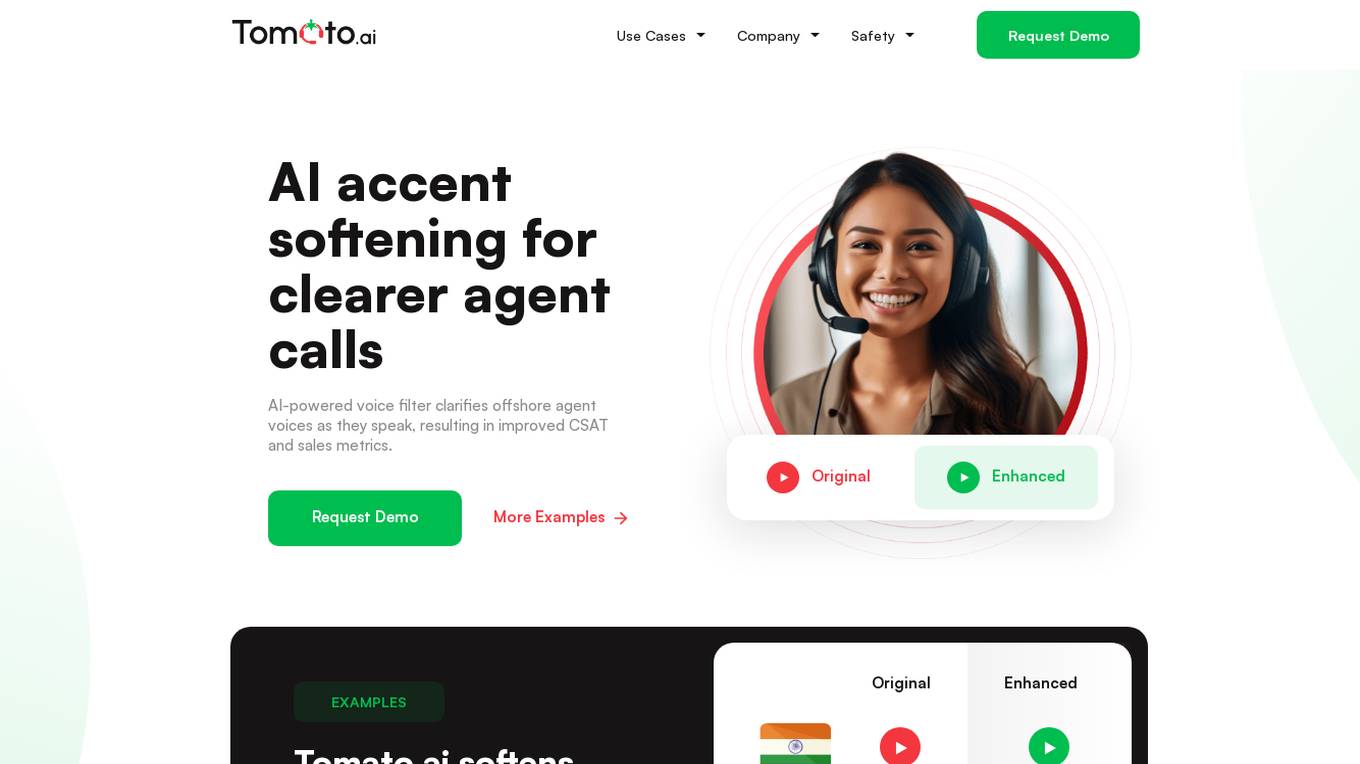Best AI tools for< Soften Fabrics >
1 - AI tool Sites

Tomato.ai
Tomato.ai is an AI accent softening and neutralization software designed to improve customer service and sales metrics in call centers. The software uses AI-powered voice filters to clarify offshore agent voices, making them more intelligible and reducing customer frustration. Tomato.ai offers benefits such as improving CSAT, reducing agent churn, boosting savings and sales, and enabling the hiring of more offshore agents. The software works in real-time to soften accents, enhance voice quality, cancel noise, and preserve the natural rhythm of the speaker.
site
: 6.6k
0 - Open Source AI Tools
No tools available